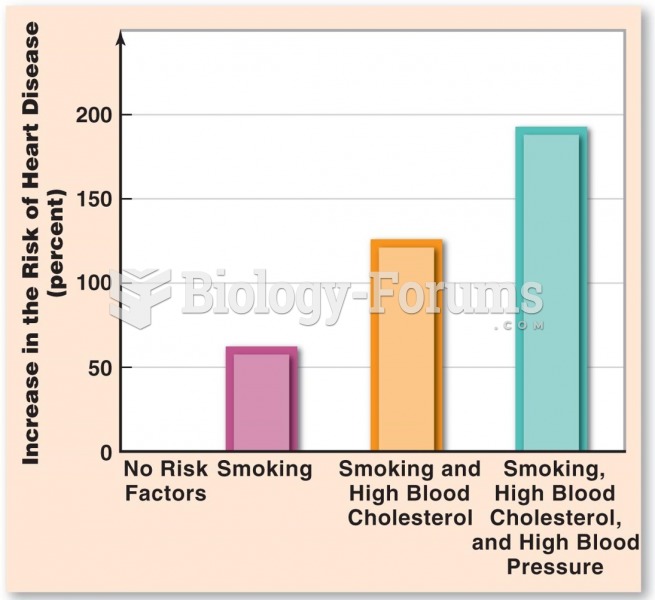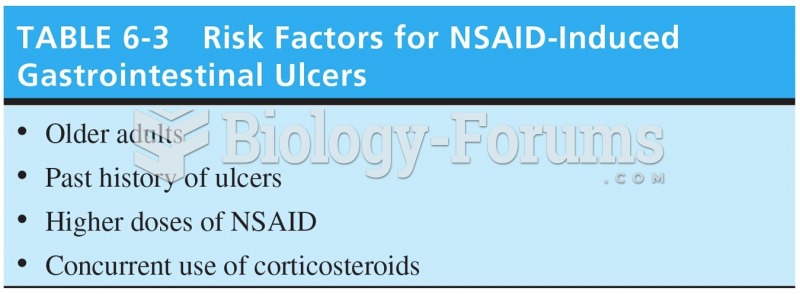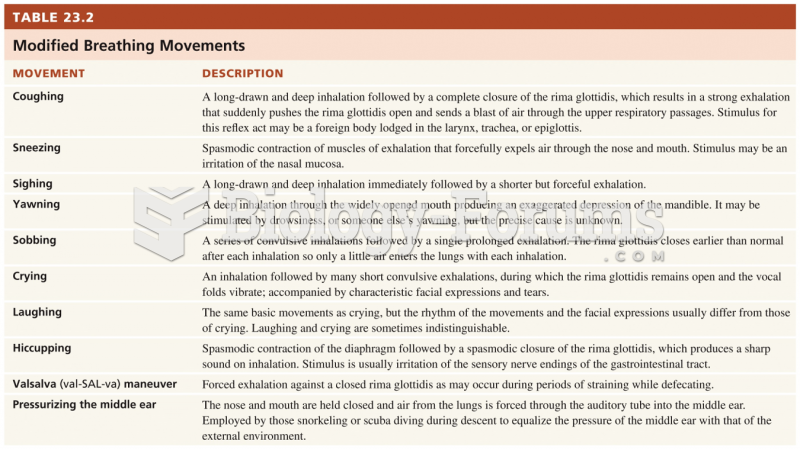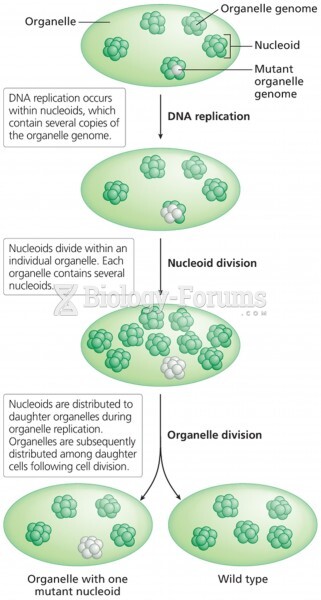Answer to Question 1
Answer: Moral identity is the degree to which morality is central to self-concept. Like moral reasoning, moral identity affects moral behavior. In a study of low-SES African-American and Hispanic teenagers, those who emphasized moral traits and goals in their self-descriptions displayed exceptional levels of community service. And when 10- to 18-year-olds rated moral traits on the basis of whether each reflected the kind of person they wanted to be, those with a stronger moral ideal self were viewed by their parents as more ethical and altruistic in behavior. Researchers are identifying factors that strengthen moral identity in hopes of capitalizing on them to promote moral commitment. Certain parenting practicesinductive discipline and clearly conveyed moral expectationsaugment adolescents moral identity. Also, opportunities to enact moral behaviors through community service enhance adolescents self-understanding, thereby contributing to a stronger moral identity and, in turn, to moral motivation. Civic engagement can help young people see the connection between their personal interests and the public interestan insight that may foster all aspects of morality.
Answer to Question 2
Answer: Like parentchild relationships, sibling interactions adapt to development at adolescence. As younger siblings become more self-sufficient, they accept less direction from their older brothers and sisters. Also, as teenagers become more involved in friendships and romantic relationships, they invest less time and energy in siblings, who are part of the family from which they are trying to establish autonomy. As a result, sibling relationships often become less intense, in both positive and negative feelings. Nevertheless, attachment between siblings remains strong for most young people. Overall, siblings who established a positive bond in early childhood continue to display greater affection and caring, which contribute to more favorable adolescent adjustment, including increased academic engagement, empathy, and prosocial behavior. In contrast, sibling negativityfrequent conflict, coercive exchanges, and aggressionis associated with internalizing symptoms (anxiety and depression) and externalizing difficulties (conduct problems, bullying, and drug use). Culture also influences the quality of sibling relationships. For example, the Hispanic cultural ideal of familism, which highly values close family bonds, fosters harmonious sibling relationships.







